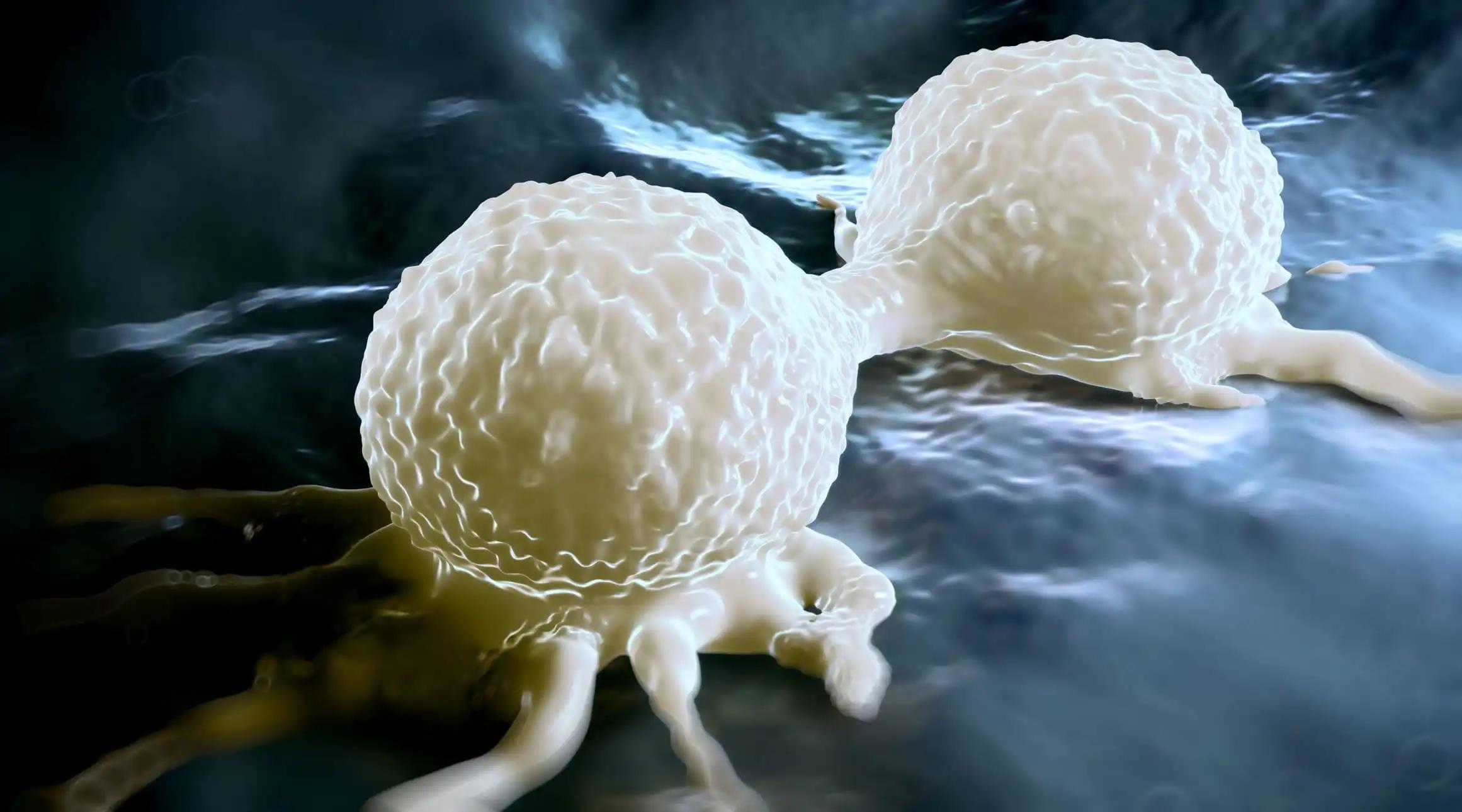KEY TAKEAWAYS
- The phase 3 trial aimed to analyze the 18F-FTT PET tracer to image PARP1 expression in cancer patients.
- The results showed 18F-FTT can image PARP inhibitor target engagement. Future research will assess its potential for toxicity and treatment prediction.
Authorized to treat a variety of solid tumors, including prostate, ovarian, and breast cancers (BC), PARP inhibitors show especially good promise in treating BC.
Lilie Lin and the team conducted a study that sought to evaluate 18F-fluorthanatrace (FTT), a PET tracer, as a radiolabeled analog of a PARP inhibitor by establishing a correlation between its uptake and tumor measurements of ex vivo PARP1.
Patients receiving a new primary BC diagnosis received 18F-FTT PET/CT scans both before and 14 days after starting talazoparib. The lumbar vertebra body level 3 (L3), the contralateral pectoralis muscle, and the main tumor all had identified regions of interest. The standardized uptake value (SUV) was used to quantify the maximum PET uptake. Before surgery, talazoparib was given for up to 24 weeks.
About 7 patients underwent baseline 18F-FTT PET imaging, with 5 of them also undergoing an additional scan 14 days after starting talazoparib. On the baseline scan, the median SUVmax of the primary tumors was 3.7 (range 1.8-5.4), and the median SUVmax of L3 was 5.5 (range 2.2-7.9). Blocking of 18F-FTT was observed in all primary tumors on the on-talazoparib 18F-FTT PET scans. A correlation of R=0.72, P=0.068 was found between the highest grade of hematologic toxicity and baseline bone marrow-to-muscle ratio (B/M).
Additionally, apparent but non-significant correlations were observed between changes in tumor volume (on ultrasound at baseline vs. 1 month) and percentage change in tumor-to-muscle (T/M) uptake ratio (Spearman rank correlation coefficient r=1, P=0.083), as well as between the highest-grade hematologic toxicity and 1) baseline bone marrow-to-muscle (B/M) uptake ratio (r=0.72, P=0.068), and 2) percentage change in B/M ratio between baseline and on-talazoparib 18F-FTT PET scans (r=0.87, P=0.058).
According to the findings, 18F-FTT may be used to visualize target engagement when PARP inhibitors are present. Further research is required to determine whether 18F-FTT uptake in bone marrow can function as a precursor to hematopoietic toxicity and whether 18F-FTT PET scans can forecast the response to PARP inhibitors.
Funding was provided by the M.D. Anderson Cancer Center.
Source: https://cslide.ctimeetingtech.com/tat2024/attendee/confcal/show/session/6
Clinical Trial: https://clinicaltrials.gov/study/NCT03604315
Lin L., Wong F., Yap TA., et al. (2024) “Pharmacodynamic activity of [18F]-fluorthanatrace poly (ADP-ribose) polymerase (PARP) PET in BRCA1/2-mutated breast cancer patients receiving talazoparib.” Presented at ESMO-TAT 2024 (19P).



